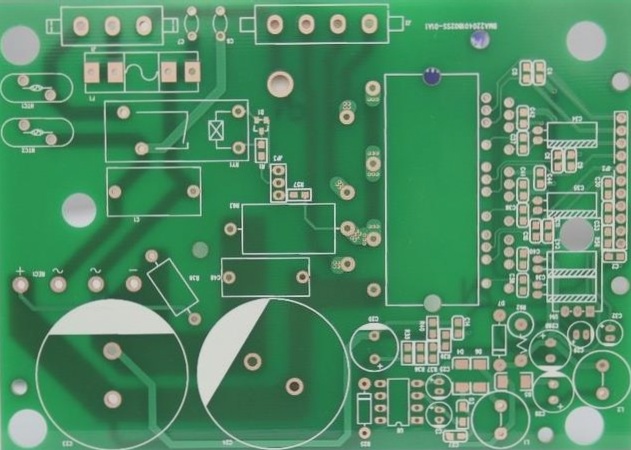Charge Adjustment and Micro-Etching in PCB Fabrication
After degreasing, a charge adjustment process is often necessary in the production of special and multi-layer PCB boards. The primary purpose of charge adjustment is to enhance the bonding between the non-conductive substrate and the resin surface. By treating the resin with a conditioning solution, the weakly negatively charged surface is transformed into a weakly positively charged active surface. This adjustment ensures effective adsorption of the subsequent activator on the pore walls, creating a uniform positive charge polar surface.
- Proper attention to adjuster concentration is crucial to avoid surfactant residue on the copper surface, which can contaminate subsequent solutions.
- Thorough water washing is essential to remove any surfactant residue and ensure successful micro-etching.
Micro-Etching Process
In the pretreatment of micro-etching electroless copper deposition, the micro-etching step plays a crucial role in creating a micro-rough active copper surface structure. This roughened surface enhances the bonding force between chemical copper and substrate copper by:
- Increasing the copper foil surface area and surface energy, facilitating a larger contact area between chemical copper and the base copper.
- Removing surface active agents on the substrate surface, especially if surfactants are not completely washed away during the process.
Relying solely on the micro-etching agent to remove surface active agents may not be effective, emphasizing the importance of thorough washing for successful micro-etching in PCB fabrication.

